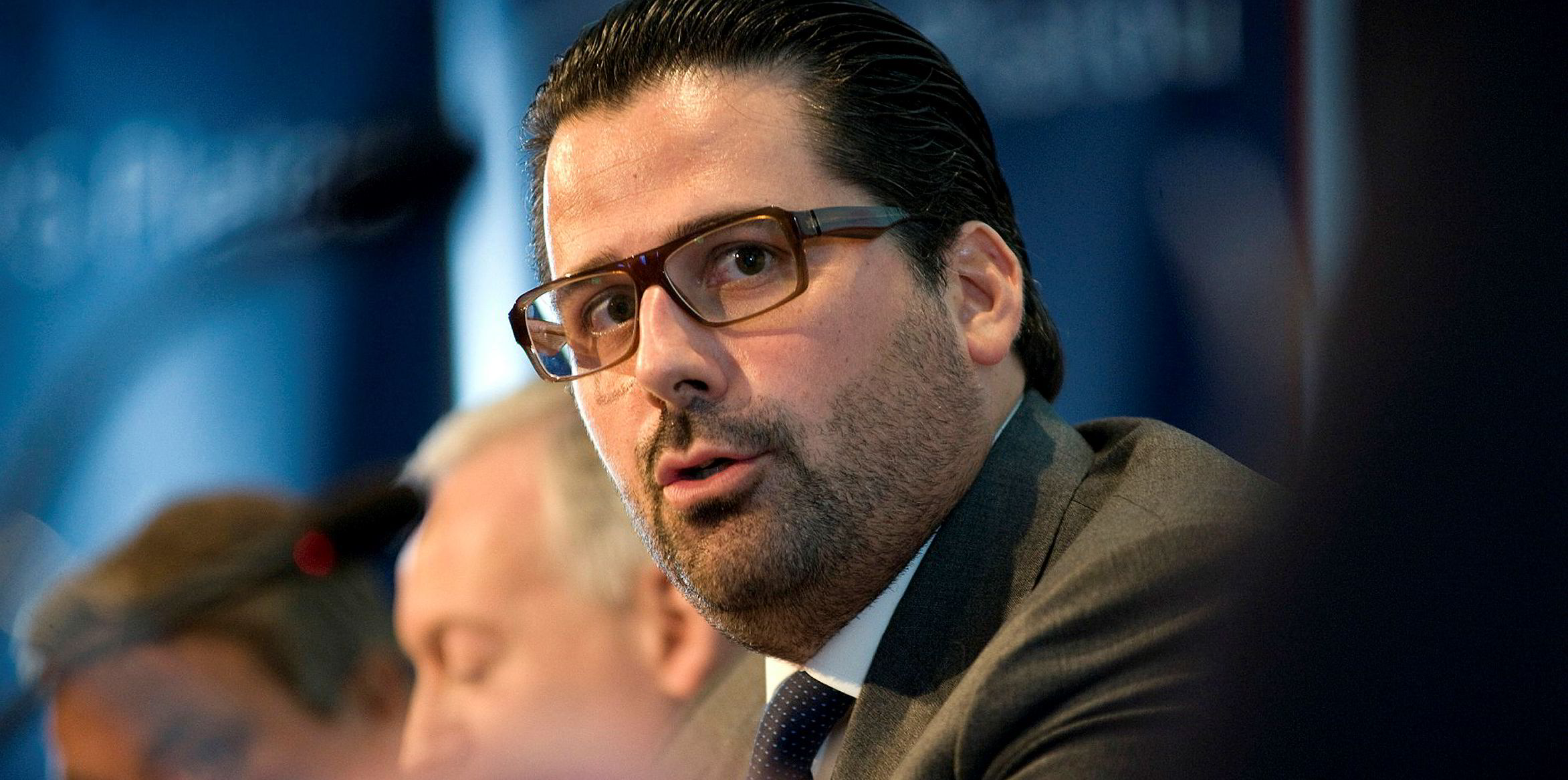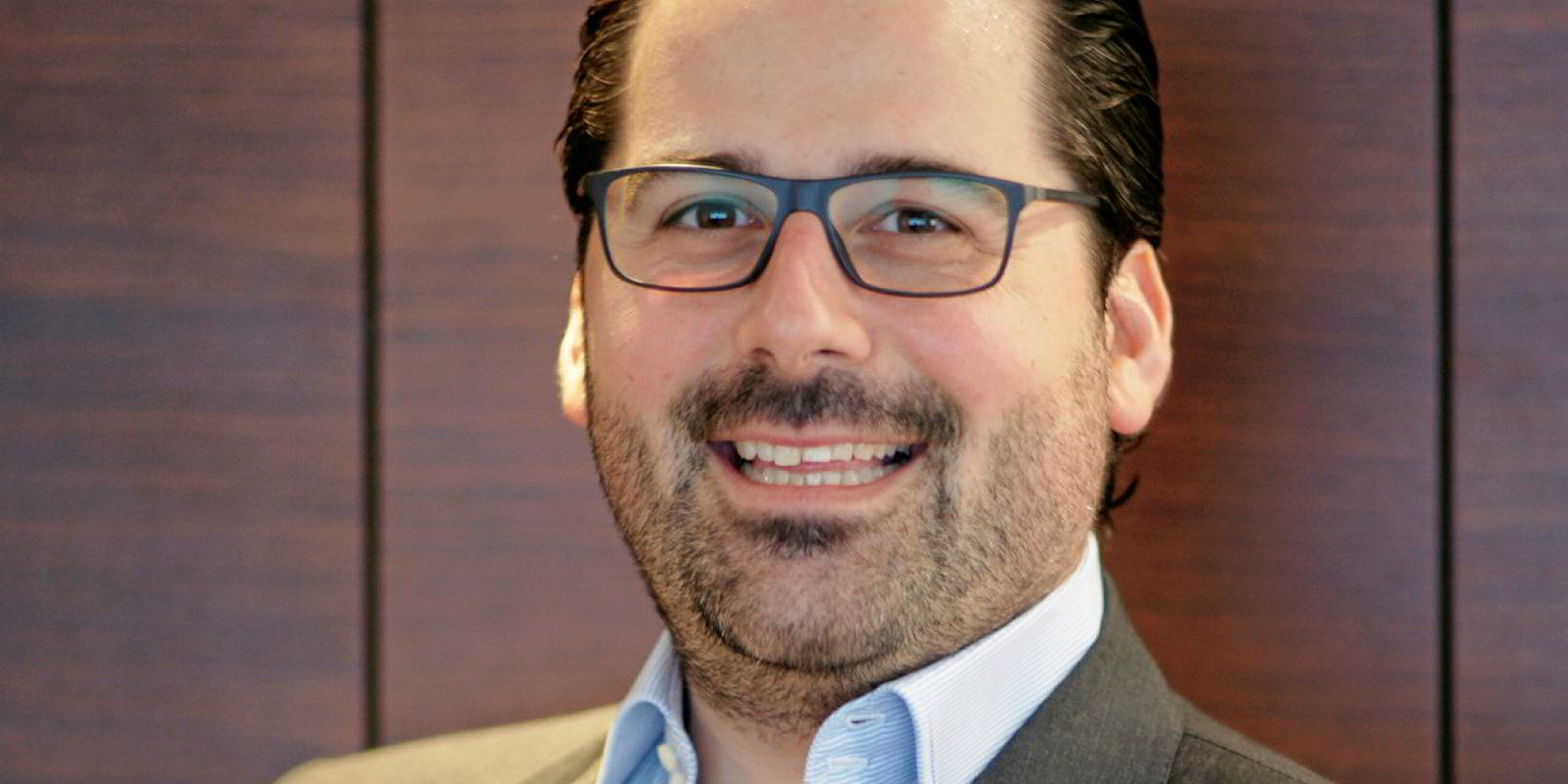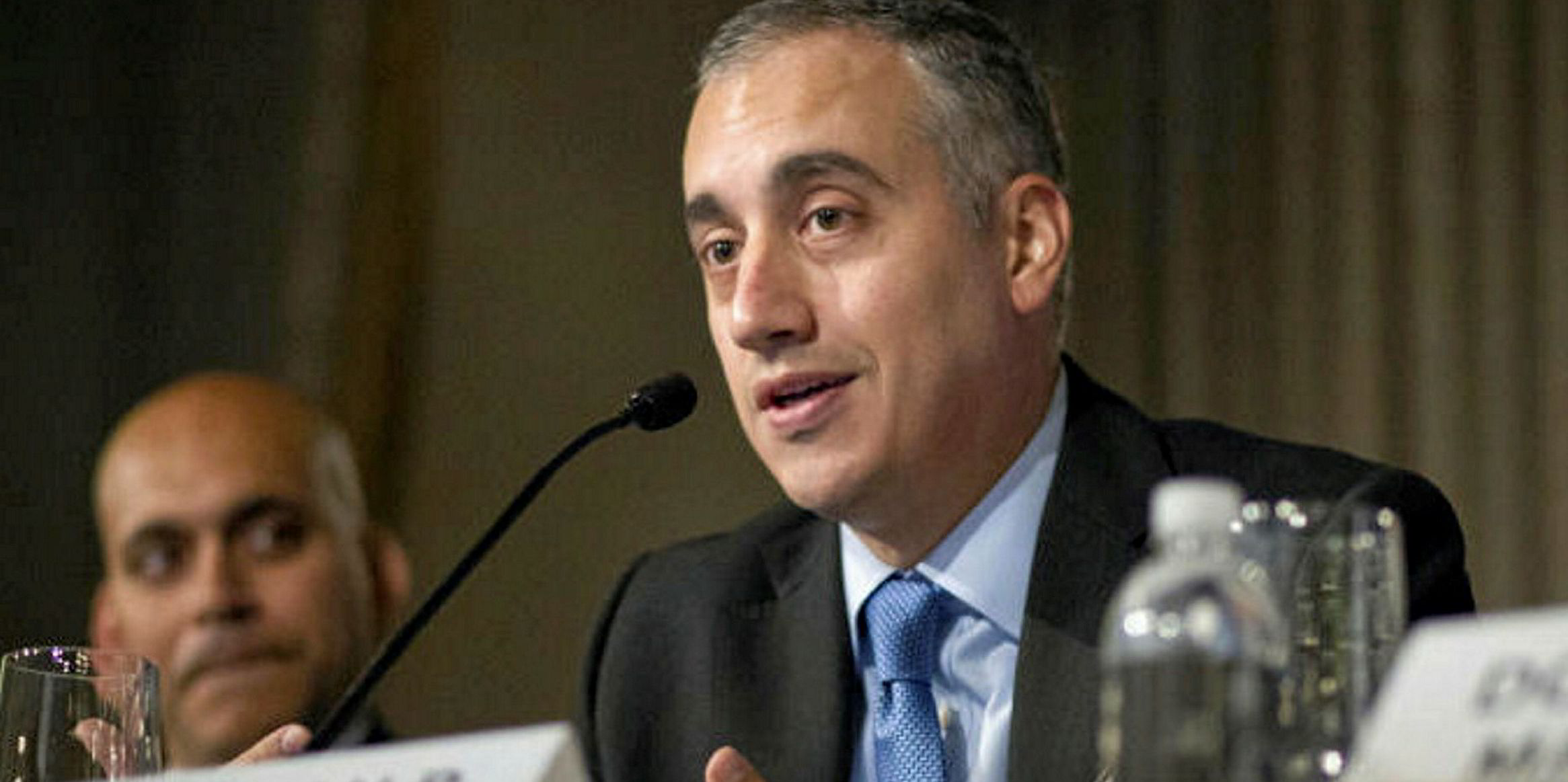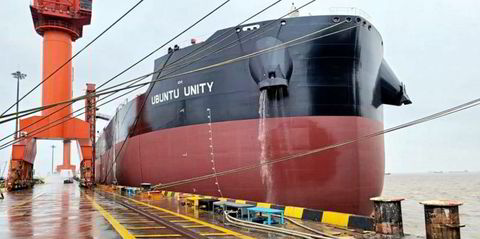Scorpio Bulkers has moved at a good time to pivot into the wind sector and is likely to declare the three options attached to its first newbuilding in South Korea, according to renewables analysts at Clarksons Platou Securities.
But as in all sectors of shipping, it’s anyone’s guess whether more shipowners will pile into the emerging trade and ruin the supply-demand dynamic that is currently so favourable for wind turbine installation vessels (WTIVs).
WTIVs’ price at $250m or more does present more of a barrier to entry in capital terms, said Clarksons Platou’s lead renewables analyst Turner Holm in an interview with TradeWinds.
Yet a Clarksons Platou market note published this week is understood to be the most popular in the history of the renewables team’s work.
Shipowners in mind
One can only speculate how many shipowners were included in that readership, and tempted by a sector that is expected to expand sevenfold by 2030.
“Sure, [Scorpio’s] unit is delivering in 2023 and people can always order. That’s usually what kills shipping stories,” Holm told TradeWinds.
“But this is a little different from ordering dry bulk vessels. For each unit, you need 30 to 40 engineers. It’s more like deepwater drilling than dry bulk. You need a serious organisation to win contracts and operate these things.”
While that creates some barriers to entry into the market, he said the main barrier is capital.
Nonetheless, he said: “While there is a newbuilding book, there will need to be more orders, and I think there will be.”
As analysts, investors and others in the marketplace sort out Scorpio’s bold move into the wind sector, there is also the question of how much appetite Scorpio Bulkers continues to have for bulkers.
Another researcher — Ben Nolan of Stifel — openly speculated in a client note that the Emanuele Lauro-led owner will sell bulkers in order to fund its WTIV ambitions.
Nolan suggested 13 of its 49 owned vessels could go in the next 12 months ahead of a full exit from the dry sector.
“This is a true pivot, and that transition takes capital,” Nolan wrote.
Scorpio has estimated the project cost for the initial vessel at South Korea’s Daewoo Shipbuilding & Marine Engineering at between $265m and $290m. A letter of intent is expected to become a formal contract in the fourth quarter.
Delivery is set for 2023, with no “material” payments required until 2022. The New York-listed owner also holds the three options referenced by Clarksons Platou.
Nolan is not the only analyst to suspect that Scorpio is on the path to selling entirely out of dry bulk.
Scorpio is planning a logical departure from a sector in which it is currently trading at about 32% of its net asset value (NAV) for one in which it can trade at a multiple to what might be quite substantial earnings.
Renewable energy transition
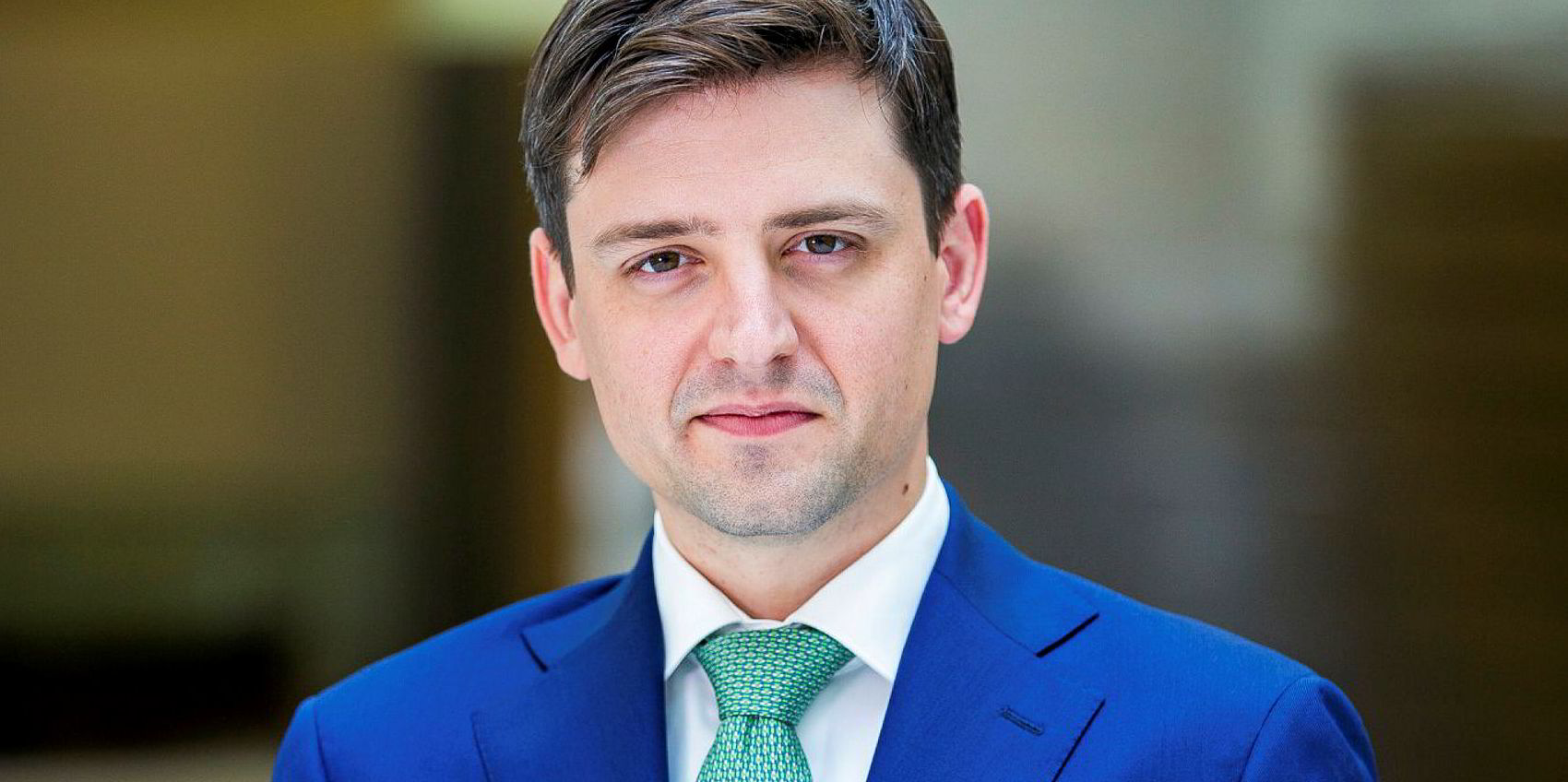
To do that, Scorpio will likely sell bulkers. Lauro said all the right things in this week’s earnings call as to treating dry bulk and wind installation as first and second children.
But he also said: “Our transition has begun.”
The word “transition” was not used accidentally.
Holm said Scorpio is correct at pegging the current market for WTIVs like its newbuilding at roughly $220,000 a day versus operating expense of some $30,000 per day.
Utilisation rates can be less than full, but even at 75% the prospects are encouraging, he said.
Wind turbines have been growing steadily, more powerful and larger, challenging the ability of many vessels in the existing fleet to handle their height.
New units are about as tall as the Chrysler Building in Manhattan, Holm said.
Yet existing owners have been reluctant to order newbuildings because of the size issue, fearing they may spend $250m or so on a vessel that will be obsolete in five years because of increased height and weight.
Thus the favourable supply-demand dynamic.
But now the height explosion has slowed, constrained by a number of factors.
Technology allows newest units to be more powerful without much added height. And new turbine blades are about as long as a football field, making more size unwieldy.
Taller units are banned by aviation restrictions in some jurisdictions, Scorpio said.
This makes Scorpio’s bet on one or more newbuildings less of a gamble, Holm said.

